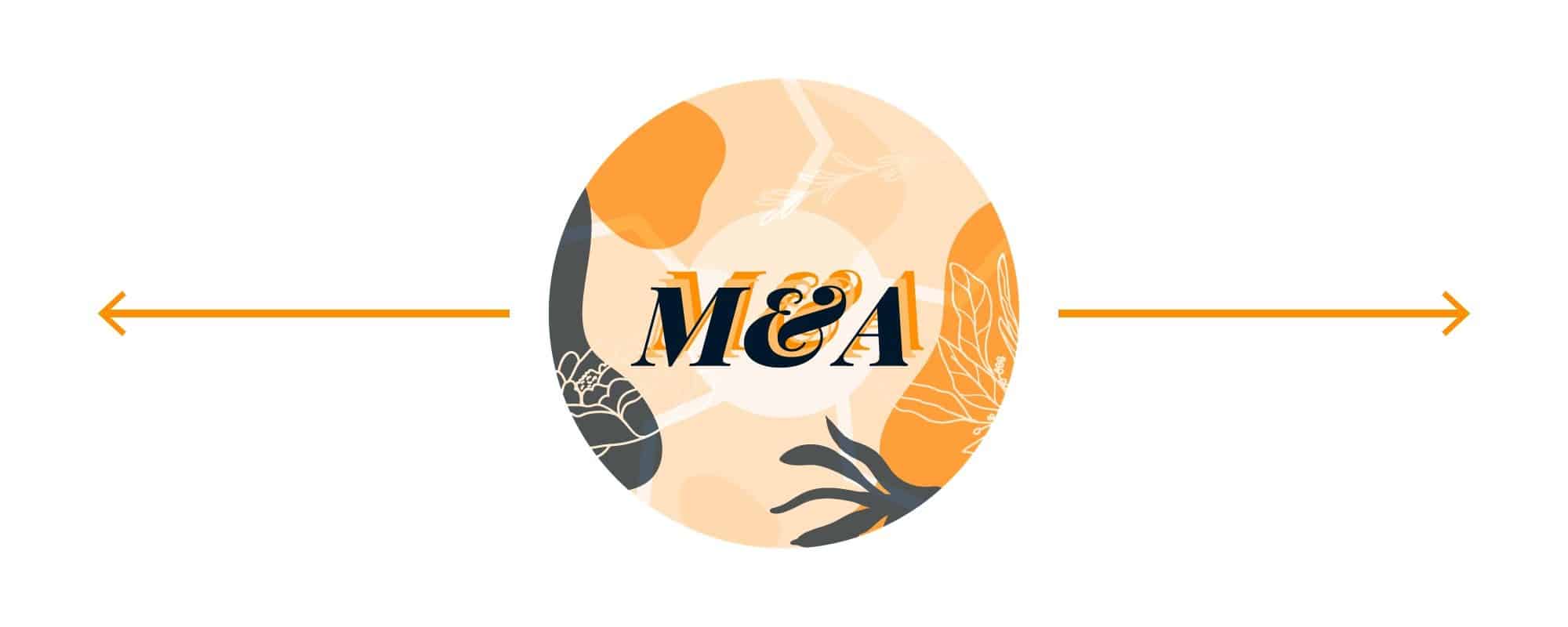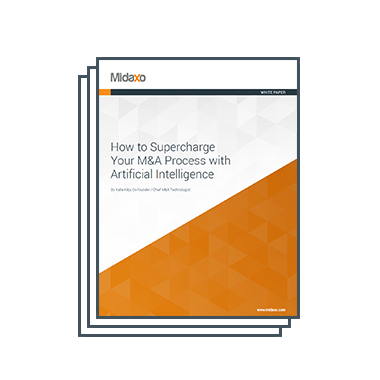Introduction:
As Corporate Global Executive and writer Pearl Zhu says, “Holistic Thinking is a combination of analysis, systems thinking, and critical thinking.” However, as Mergers and Acquisitions (M&A) activity continues to ramp up post-Covid, stakeholders’ and practitioners’ excitement for M&A has the potential to cloud the thoughtful analysis and overall strategy that should drive deals.
In fact, some might argue in the era of checklists and playbooks, M&A practitioners are losing a holistic approach to mergers and acquisitions. This is an unfortunate trend as a holistic approach to M&A boasts numerous benefits and can fight against common deal pitfalls, loss of deal value, and deal failure. Below we dive into the process and benefits of holistic M&A, from the buy-side perspective, guided by the wisdom of Midaxo co-founder and M&A expert Kaija Katariina Erkkilä.
You can find the podcast episode featuring Kaija Katariina Erkkliä and her thoughts on Holistic M&A (and much more) here, or wherever you like to listen.
What Is Holistic M&A?
Holistic M&A, as the name applies and as echoed by Ms. Zhu, is a comprehensive approach to the M&A process that stems from an overarching strategy and analysis of how and why a deal is taking place. It places focus on how the specific deal generates value for the acquirer. This strategy is the thread that runs through each step of the M&A process. More specifically, Kaija Katariina Erkkila denotes the following pillars to cultivating a holistic approach to your next deal:
- Analysis of the buyer’s strategy — Initially, before M&A is on the table, Erkkila insists on companies taking a holistic approach to their overarching strategy for growth, beginning with questions such as “what is our strategy and how do we implement it?” and “are the strategies we’re using bringing us enough value increase and growth?” In answering these questions, if organic growth is too slow, companies often look to M&A.
- Development and communication of M&A strategy — Once the decision to engage in M&A is made, the buyer must generate a specific M&A strategy, which as Erkkila warns, must be more detailed than “we want to grow.” Next, everyone at the buyer’s organization (as well as at the target organization) must clearly understand the purpose of the deal. These first two steps are often glossed over very quickly, which weakens the entire foundation of the deal and allows for the seeds of deal failure to be planted.
- Perform thoughtful analysis during due diligence — Due diligence should not just focus on the financials, though these documents are often what steal the M&A due diligence spotlight; rather it must undercover and lead to a robust understanding of the target’s operational culture, customers, services, and processes. This can be accomplished through onsite visits and in-depth discussions with key individuals.
- Build an integration plan based on your findings in due diligence — Data gathered during due diligence must be actually utilized when developing an integration plan. Moreover, integration planning should begin during due diligence; this means teams cannot be working in silos and due diligence must focus on more than financials. Integration plans should include M&A change management best practices.
- Establish and communicate the deal’s estimated finish line — The buyer must not only know what the finish line looks like, but also about how long it will take to get there.
- Be ready to pivot — Remain agile as new information is uncovered or difficulties arise. Pivoting and reacting early, a la being proactive rather than reactive, is paramount. This agility is easier if you have a solid relationship with the target company. In fact, Erkkila says, in a successful acquisition “you cannot wait, but rather you must take action continuously.”
How Can M&A Software and Technology Support a Holistic Approach?
M&A software, specifically a platform that employs both virtual document storage as well as project management features, is a powerful tool in supporting and fostering a more holistic approach. Namely, M&A technology plays a vital role in supporting a comprehensive approach to M&A by:
- Maintaining one source of truth
- Applying findings from due diligence to integration planning
- Making informed decisions and remaining agile
- Keeping consultants up to speed
- Learning from past deals by performing retrospectives
Final Thoughts:
A holistic approach to M&A centered around a thoughtful and specific strategy aimed at driving maximum value is not just critical in the eyes of Erkkilä, but it is also cited in numerous M&A research studies: a study by Steynberg and Veldsman found that a holistic approach can help identify areas of human error in M&A that lead to deal failure and loss of financial value. Moreover, in an article for Journal of Business Strategy, Ravi Changmugam et. al attest to the fact that holistic M&A is especially powerful for companies fairly experienced in the realm of mergers and acquisitions and inorganic growth. Ultimately, holistic M&A calls for thorough, top-down communication, transparency throughout the deal’s lifecycle, and the ability to remain agile so the long-term goal remains the guiding light.





